- myFICO® Forums
- FICO Scoring and Other Credit Topics
- Understanding FICO® Scoring
- Re: Credit utilization - 30% vs. 10% ect.
- Subscribe to RSS Feed
- Mark Topic as New
- Mark Topic as Read
- Float this Topic for Current User
- Bookmark
- Subscribe
- Mute
- Printer Friendly Page
Credit utilization - 30% vs. 10% ect.
Is your credit card giving you the perks you want?
Browse credit cards from a variety of issuers to see if there's a better card for you.
- Mark as New
- Bookmark
- Subscribe
- Mute
- Subscribe to RSS Feed
- Permalink
- Report Inappropriate Content
Credit utilization - 30% vs. 10% ect.
First off, binging on this forum the last couple days has been invaluable. Lifetime of lessons learned from the confines of my phone. But I just wanted to confirm a couple scenarios to make sure I have this correct.
If my credit limit is $2500 then I should only use at the very maximum $750 (30%), Pay in full about a week before due date, then leave about $100 carried over for the best utilization correct?
So if my due date was the 18th of every month, I would PIF around the 10th, make some other purchases and have around $100 or so carried over correct?
- Mark as New
- Bookmark
- Subscribe
- Mute
- Subscribe to RSS Feed
- Permalink
- Report Inappropriate Content
Re: Credit utilization - 30% vs. 10% ect.
@Anonymous wrote:
Hey all,
First off, binging on this forum the last couple days has been invaluable. Lifetime of lessons learned from the confines of my phone. But I just wanted to confirm a couple scenarios to make sure I have this correct.
If my credit limit is $2500 then I should only use at the very maximum $750 (30%), Pay in full about a week before due date, then leave about $100 carried over for the best utilization correct?
So if my due date was the 18th of every month, I would PIF around the 10th, make some other purchases and have around $100 or so carried over correct?
No.
What is important is the balance on the statement closing date! If you want to maximize your utilization score, you want just a few dollars reporting when the statement cuts. Then pay off that small balance before the due date to avoid interest.
You can charge as much as you want on your card -- no need to limit to 30% if you want to get a credit limit increase in the future -- but make sure that you pay "almost all of it" BEFORE the statement closing date.
You will know you are doing it right if when you look at your statement, it shows the current balance as just a few dollars. Then pay that few dollars by the due date.
If you ever pay interest, you are doing it wrong too.
Hope that helps.
- Mark as New
- Bookmark
- Subscribe
- Mute
- Subscribe to RSS Feed
- Permalink
- Report Inappropriate Content
Re: Credit utilization - 30% vs. 10% ect.
- Mark as New
- Bookmark
- Subscribe
- Mute
- Subscribe to RSS Feed
- Permalink
- Report Inappropriate Content
Re: Credit utilization - 30% vs. 10% ect.
Yes. The ideal reporting percentage is 1%, so with $2500, $25 would be fine. To be safe, just let $5 report on the statement and then pay that $5 by the due date.
You could let a 10% balance report, $250, but your score will be worse than a 1% reported balance.
- Mark as New
- Bookmark
- Subscribe
- Mute
- Subscribe to RSS Feed
- Permalink
- Report Inappropriate Content
Re: Credit utilization - 30% vs. 10% ect.
Great response by CH-7. He's absolutely right that you need to make sure you fully understand how credit cards work, and therefore what these different dates mean.
Each of your cards has a billing cycle. The billing cycle ends with a statement. The date on the statement is typically the last day of the that billing cycle. The statement may not "print" or "cut" till a few days after that. The statement will indicate what your balance was at the end of the cycle. This will be the Amount Owed listed on the statement. Most credit card issuers will report this Amount Owed to the three credit bureaus and they will do this on the day that the statement print or perhaps a business day later.
The Amount Owed is DUE roughly 25 days later. which is the DUE DATE. If you pay the Amount Owed on the statement in full during that 25 day period (i.e. before the due date) then you will nor pay any interest. This is called Paying In Full or PIF.
It's crucial to understand those big ideas. Once you do, it's easy to see why CH-7's practical recomendations work out. He is suggesting that on any month where you run up a big bill you should make two payments, say a week before the statement date and then a week after. The one a week before lowers your balance so that the amount that gets reported to the bureas is a small number. That keeps your utilization low. The one a week after pays the amount owed (on the statement) in full.
Quick question. You mention a credit limit of $2500. Is that the credit limit on one card only? Or is it your total credit limit? (The sum of all credit limits on all cards.)
- Mark as New
- Bookmark
- Subscribe
- Mute
- Subscribe to RSS Feed
- Permalink
- Report Inappropriate Content
Re: Credit utilization - 30% vs. 10% ect.
- Mark as New
- Bookmark
- Subscribe
- Mute
- Subscribe to RSS Feed
- Permalink
- Report Inappropriate Content
Re: Credit utilization - 30% vs. 10% ect.
Good to hear. Those are two awesome cards. (BTW, if you are interested, I can tell you a way to get 6% cash back on Amazon purchases with your Amex BCP.)
Ok, as far as utilization goes, you will want to bear in mind that there are two kinds of utilization: individual (the U% considering a card's credit limit seperately) and total (the U% based on your total CC debt and total CC credit limit).
When you hear people talk about keeping your utilization low, it's really the total U that people are thinking of. With total U, a consumer begins to experience a small scoring penalty when his score gets higher than 9.00%. But with individual U, a person could have a much higher U and not take any scoring penalty.
EXAMPLE: If Bob has four cards with limits 1k, 2k, 3k, and 4k, he has a 10k total credit limit. Suppose further that on his last three cards he has a $0 balance. With his 1k card, he might very well be able to report a 45% utilization ($450) and still receive no scoring penalty. The reason is that the individual U penalty can be serious, but it tends to kick in only when it looks like you might be getting close to maxxing your card out. In this example, his TOTAL utilization was still quite low (4.5%).
It's possible that some people experience an individual U penalty as low as 45%, but I am personally very skeptical.
So in your particular case, you would be fine with a total debt of < $404 reporting to the bureaus. You'd be way under your individual U and less than 9.0% total U. I would be surprised if you experienced a loss of even a couple points.
But that brings us to a more important point. And that is that the "damage" done to your score by the CC balances reporting to the bureaus is very fleeting. It vanishes as soon as new (much smaller) balances report. So, for example, if one month you had a total utilization of 42%, you will certainly take some score "hit" for having that. But, in the following month, if your cards reported a much smaller U, like 5%, all that score hit would go away. FICO would not remember that you once had your cards with a much higher utilization.
Thus the idea of constantly making sure that you are keeping your utilization very small -- every single month -- that's just not something most of us need to do. Just keep it within reason. You want to avoid a total U that is over 50% and an individual U that is (say) over 70% simply because you don't want Chase or Amazon to get scared one month and close your card. But otherwise, you can if you choose not worry too much about it, and then, whenever you want to see what the highest you can get on your scores, pay all your cards to $0 except one and leave a small ($20?) balance on the remaining one.
- Mark as New
- Bookmark
- Subscribe
- Mute
- Subscribe to RSS Feed
- Permalink
- Report Inappropriate Content
Re: Credit utilization - 30% vs. 10% ect.
@Anonymous wrote:
Hey all,
First off, binging on this forum the last couple days has been invaluable. Lifetime of lessons learned from the confines of my phone. But I just wanted to confirm a couple scenarios to make sure I have this correct.
If my credit limit is $2500 then I should only use at the very maximum $750 (30%), Pay in full about a week before due date, then leave about $100 carried over for the best utilization correct?
So if my due date was the 18th of every month, I would PIF around the 10th, make some other purchases and have around $100 or so carried over correct?
Utilization isn't based on your actual usage, it's based on the statement balance. So whatever you pay it down to as of the statement date is the balance that will be figured into utilization.

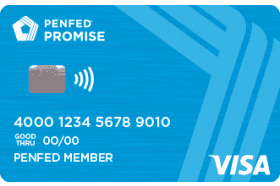

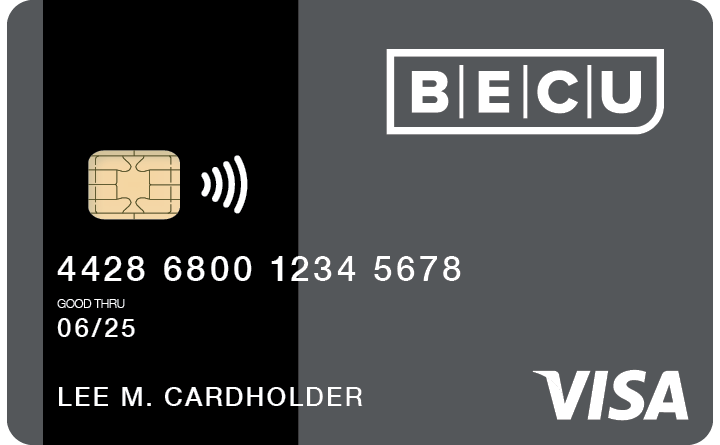

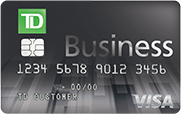
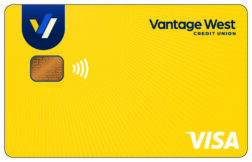
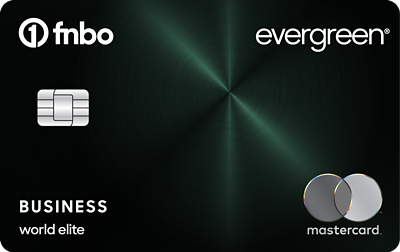
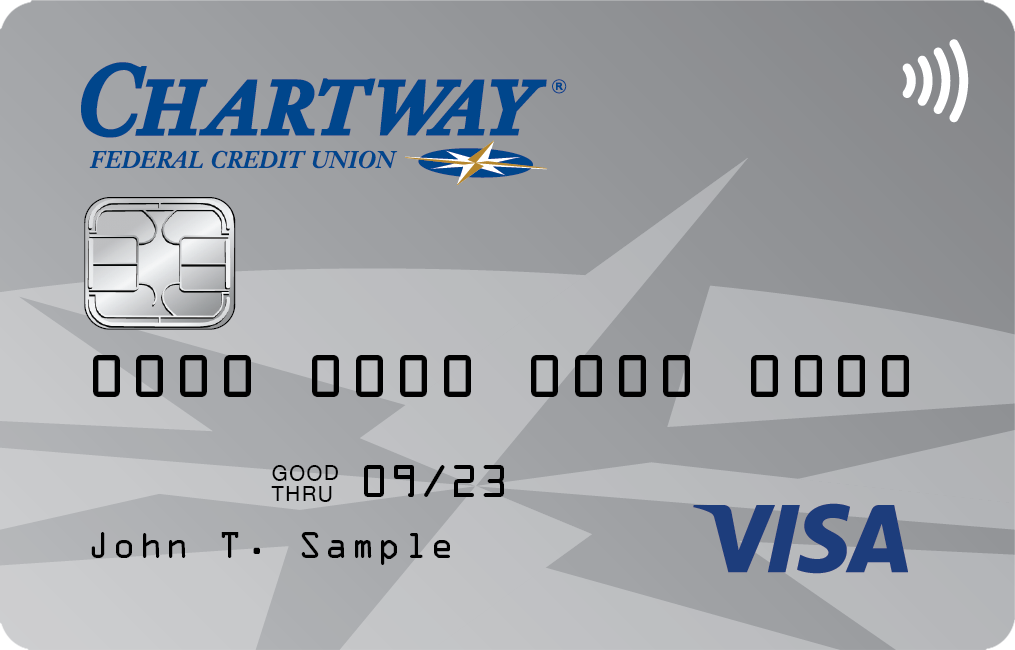


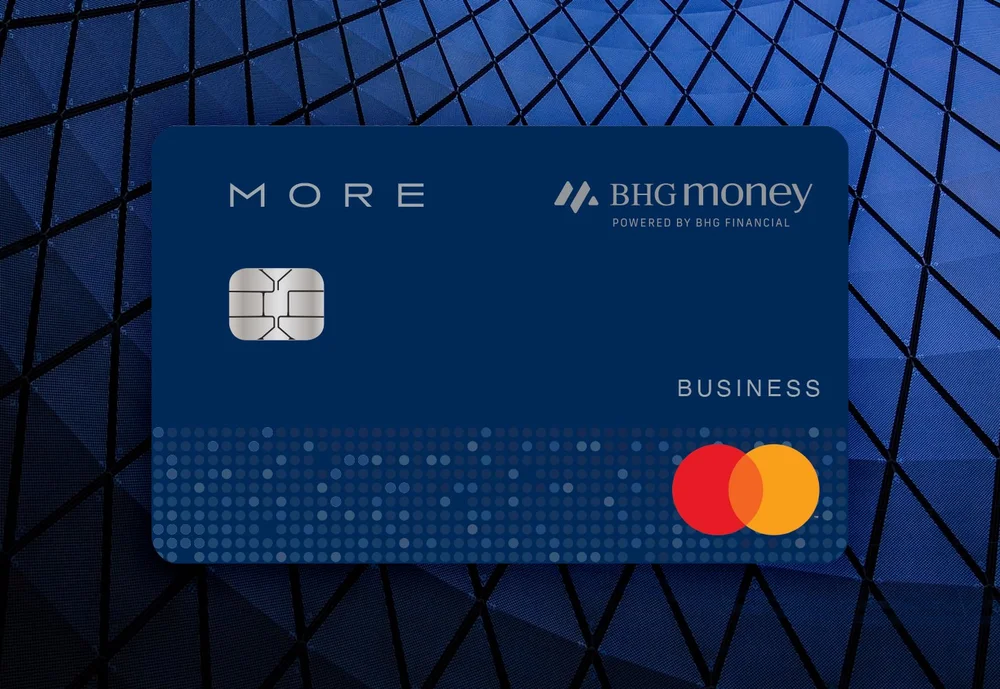
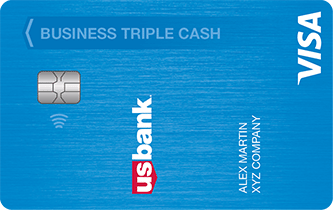

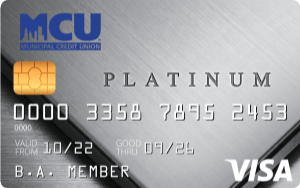
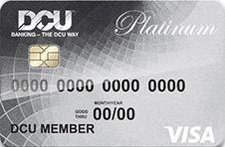
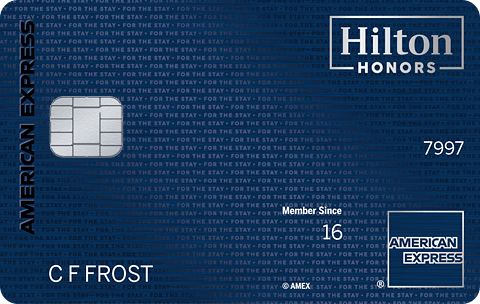
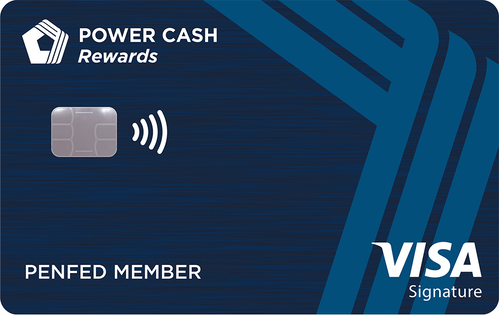

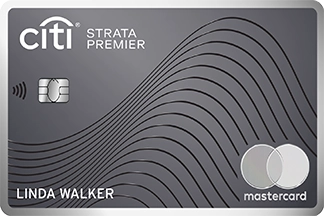
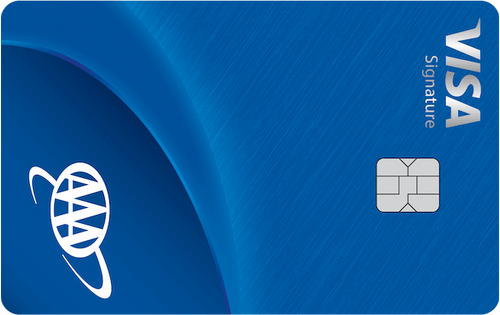
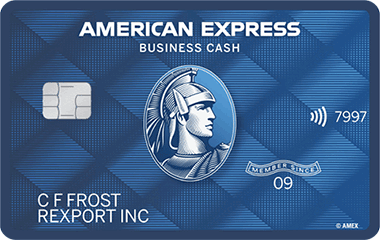
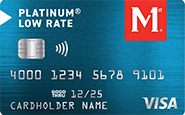
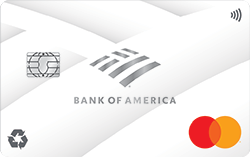


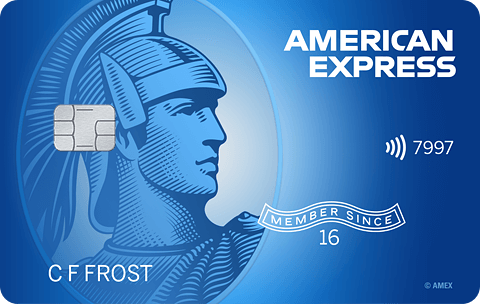
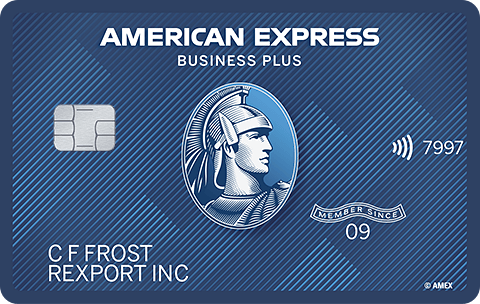



Total revolving limits 568220 (504020 reporting) FICO 8: EQ 689 TU 691 EX 682
- Mark as New
- Bookmark
- Subscribe
- Mute
- Subscribe to RSS Feed
- Permalink
- Report Inappropriate Content
Re: Credit utilization - 30% vs. 10% ect.
@Anonymous wrote:
$2500 on my Freedom. I have an Amex BCP card arriving in the mail soon which will have a $2000 CL on it.
It is true that keeping utilization under control helps your credit score. It is also important to look into how many points that utilization management will get you, and whether those points matter in any given month.
As CH7 alluded to also, using your card heavily when you are not so concerned about the utilization reporting, and then PIF the amounts you charge after the statement prints, may help your file look better later on.
How long have you had the Freedom card?
What are your FICO scores?
Oct 2014 $46k on $127k 36% util EQ 722 TU 727 EX 727
April 2018 $18k on $344k 5% util EQ 806 TU 810 EX 812
Jan 2019 $7.6k on $360k EQ 832 TU 839 EX 831
March 2021 $33k on $312k EQ 796 TU 798 EX 801
May 2021 Paid all Installments and Mortgages, one new Mortgage EQ 761 TY 774 EX 777
April 2022 EQ=811 TU=807 EX=805 - TU VS 3.0 765

- Mark as New
- Bookmark
- Subscribe
- Mute
- Subscribe to RSS Feed
- Permalink
- Report Inappropriate Content
Re: Credit utilization - 30% vs. 10% ect.
Just one more point of interest. If you make your payment on the cut date, through your bank, it may not show for a day or two. It seems like such a small deal but if you max your cards to improve CLI chances and then PIF and it doesnt show for a month - it is painful. Similar to how weekends feel like minutes and work weeks feel like a year. Planning and attention to detail count when you need scores. For app or great rates this is vital, beyond that dont sweat it, as others have said, util does not have eidetic memory. Congrats on your score and cards!!!